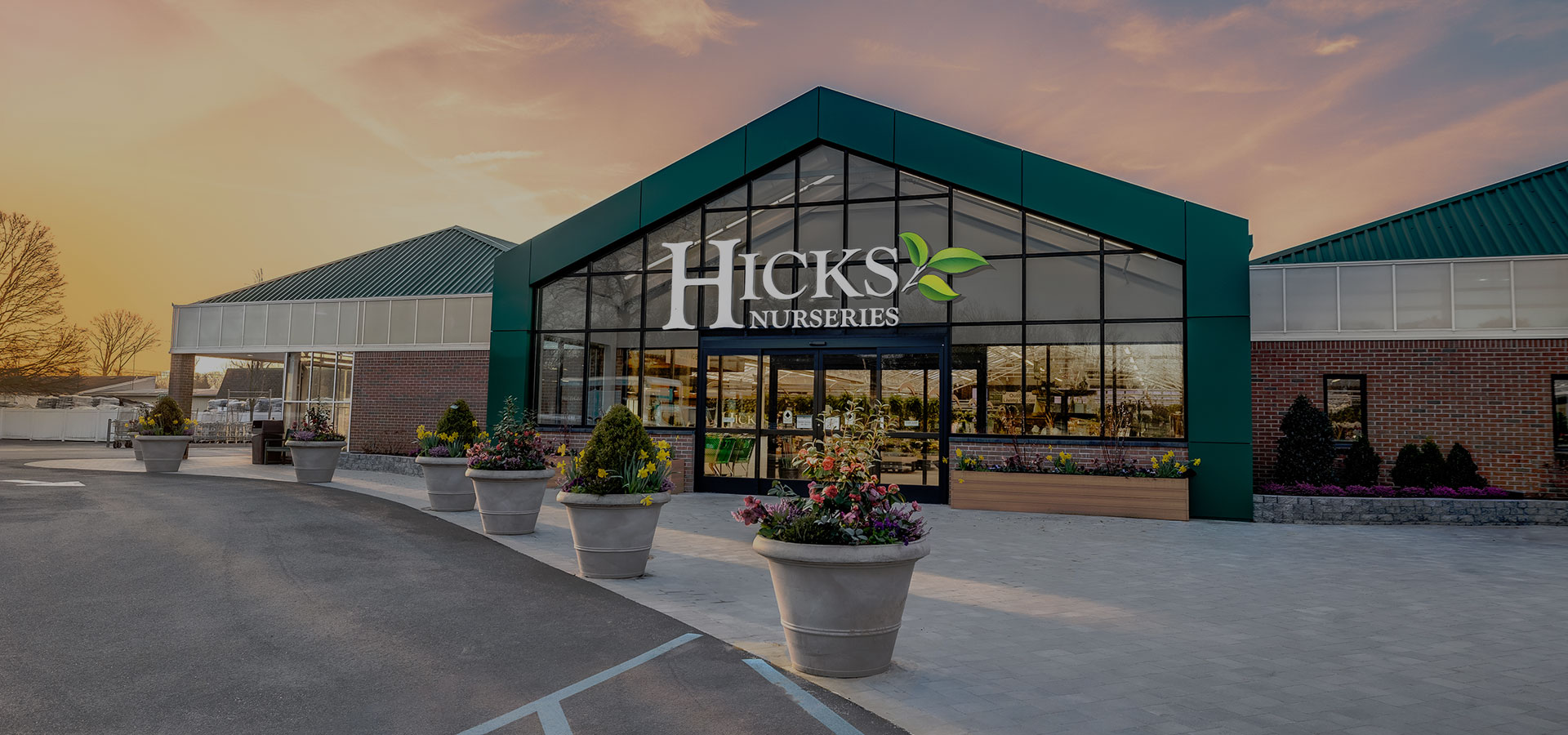[vc_row padding_top_multiplier=””][vc_column css=”.vc_custom_1515535628663{margin-top: -10px !important;padding-top: -10px !important;}”][movedo_social social_email=”yes” social_facebook=”yes” social_twitter=”yes” social_linkedin=”yes” social_reddit=”yes” icon_size=”small” icon_color=”grey” align=”center”][movedo_empty_space][/vc_column][/vc_row][vc_row padding_top_multiplier=””][vc_column][vc_column_text]We sat down with industry veteran and influential advisor, Amy Laughead-Riese, President of 37 Volts Light Studio to discuss the essential elements of lighting and retail design.
Amy’s passion for light evolved from one class in an undergraduate study where she was inspired by the power of light to transform the perception of architectural spaces. With nearly two decades of industry experience, she serves her clients with a deep understanding of the aesthetic qualities of light and the technical aspects of source selection and integration within the built environment. Amy is actively involved with the Illuminating Engineering Society and is a frequent guest lecturer at various universities, professional seminars, and lighting events.[/vc_column_text][/vc_column][/vc_row][vc_row][vc_column][movedo_single_image image=”27054″][/vc_column][/vc_row][vc_row][vc_column][vc_column_text]Discuss your process for lighting design and how you work with agencies to create a collaborative design experience?
Ideally, I like to engage with the design team early on in the conceptual phase so that high-level ideas, lighting strategies, luminaire references, and light levels can be flushed out and agreed upon. These discussions are crucial for the workflow as it lays a foundation for the more scientific tasks of lighting design completed in design development phases. But more importantly, it’s an opportunity to provide lighting input so the agency can accurately incorporate lighting intent into any initial conceptual renderings and sketches presented in preliminary design conversations with the client.
Starting a lighting discussion early tends to keep critical design decisions at the forefront, which may affect lighting decisions. If we’ve discussed the lighting strategy early on, then decisions regarding finishes, reflectivity, translucency, and ceiling types can consider how the lighting strategy will impact them. Design decisions made in harmony with lighting decisions tend to produce more successful projects versus when lighting design is engaged as an afterthought.
Mocking up lighting strategies is also critical to collaboration. Whether it’s providing computer generated photometric models, scaled models, or full-scale mock-ups, the design team and I can see how the lighting strategy measures up to achieving design goals. The back and forth discussion in a mock-up review develops a strong shared understanding of each other’s design language and process that often translates well into other project opportunities and future collaborations.[/vc_column_text][/vc_column][/vc_row][vc_row][vc_column][vc_column_text]How has your previous experience directing lighting design for well-known retailers like Macy’s and Bloomingdale’s influenced your work today?
Working inside the walls of a retailer taught me to consider all stakeholders who have a point of view on the lighting design system. Store designers and visual merchandisers need the lighting to set the stage or reinforce the brand message. Procurement and construction teams need a lighting system to be affordable, ship on time, and utilize reliable manufacturers to address any unexpected hiccups through installation. Energy managers need the lighting system to be as energy conscious as possible to reduce operating costs. Facility managers need the lighting system to have great warranties and be easy to maintain and replace parts over time.
When working with an agency, I may not have the benefit to hear specific lighting criteria from a construction manager, energy manager, or facilities manager, but I try to think through what their concerns might be and deliver a comprehensive lighting solution to satisfy all potential stakeholders.
With the increasing desire to seamlessly blend technology into the retail experience, the same is expected of lighting. What has that meant for flexible design solutions as well as artistic lighting within the space?
Lighting controls play a major role in facilitating flexibility. Today’s digital lighting controls allow for easy interactive and programmable interfaces. Some energy codes enforce the general lighting to be dimmable so that facility managers can dim lights and load shed at peak hours, saving operating costs. The critical component for the success of such systems is developing a strong and well-written control narrative that is easily translated into the controls system’s commissioning.
On the artistic side, opportunities are limitless to use light as a key ingredient for experiential touch points. We’ve utilized color changing systems, moving pattern gobos, water effect projectors, kinetic motion lights, and other dynamic lighting systems to make design concepts come alive. To seamlessly blend these lighting technologies into the retail setting, we work with the agency and the client to craft a detailed “story” of what the lighting system will need to be programmed to do. Often this is translated into additional sketches, color-rendered diagrams and storyboarded control pad menus forming a comprehensive controls intent document used to facilitate commissioning.[/vc_column_text][/vc_column][/vc_row][vc_row][vc_column][movedo_single_image image=”27058″][/vc_column][/vc_row][vc_row][vc_column][vc_column_text]How are smart lighting systems playing a larger role in empowering the retailer to customize the consumer experience?
Smart lighting systems use beacon technologies, Li-Fi, or similar data collecting measures installed inside the ceiling lights. Retailers can use the technology built into the lights to send instant coupons to customers while they are in a nearby parking lot or while they are in store. For impact on store design, the resulting tracking data is often displayed in heat maps, which tell the retailer where shoppers are spending the most or least time in the store.
On a macro-level, the data then can be used re-design or re-space plan aisles, departments, and switch up the retail product mix for a more meaningful customer journey. On a micro-level, the heat mapping can be employed on the vertical plane of gondolas or walls, showing how long or where customers are engaging with products on the shelf. This particular level of data allows the retailer a new perspective on how customers are shopping vertical planes. Retailers can make real-time refinements to product displays and product mix.
Upgrading to smart luminaires involves many stakeholders. Beyond the lighting designer and store design team, stakeholders from the IT department, merchants, and potential outside data management firms may need to participate in the lighting system design. All points of view weigh in on how the ‘smart lighting system’ will be employed to collect and review shopper data.
These new lighting systems can provide the design team with powerful data to use in re-shaping the brick and mortar experience. Our challenge is how we can better work with agencies and retailers to embrace this technology in categories beyond big-box formats.
In retail design it’s all about sightlines, are vertical light levels more important than horizontal light levels, or does it require a design process considering both?
Retail lighting must consider both. Perimeters define space, and we naturally perceive a space as brighter if perimeters are well illuminated. More often than not, retailers want bright spaces. A general rule of thumb, whatever the average horizontal illuminance is at the merchandise plane (ie 36” AFF), we try to achieve a minimum of 1 to 2 times that at the vertical illuminance plane, measured at about 72” AFF, or the average sight-line.[/vc_column_text][/vc_column][/vc_row][vc_row][vc_column][movedo_single_image image=”27057″][/vc_column][/vc_row][vc_row][vc_column][vc_column_text]Multimedia displays are increasingly popular to engage customers and promote key products, how do you factor this technology to make it a harmonious experience?
It’s helpful to know where multimedia is planned into a store design so that we can modify or address the architectural lighting as needed, providing appropriate contrast ratios. Sometimes these screens are large enough they become a light source themselves. In these cases, we may lower output or adjust ceiling lighting solutions so multimedia moments are not overpowered by nearby accent lighting.
Accent lighting vs. ambient light where do you put the focus, or is it situational based on the retail experience?
The recipe of luminaire types, color temperature, beam spreads, light levels and contrast ratios varies for every project. One of my favorite aspects about retail lighting design is that while there are rules of thumbs on how to incorporate basic types of lighting, I’m often challenged on how to best break these rules for the success and benefit of a project.
What are we missing? Shed light on anything you think should be on the retail radar!!
The IES (Illuminating Engineering Society) has just published IES RP-2-17 Recommended Practices for Retail Lighting. I’ve had the honor to be chairwoman for the IES Retail Lighting Committee for the past eight years. The committee, including myself, are volunteers with expertise in both the lighting and retail industries. Our goal was to update and republish this document, which was last issued in 2001. The process of republication was arduous, going through many reviews by the IES technical review and incorporating information on new technology while not abandoning information related to conventional lighting technology.
The new document is updated with current retail lighting examples, diagrams, and a quick reference footcandle chart. It covers topics of interest for big box retailers to specialty retailers and includes annexes for outdoor lighting, lighting produce and fresh food to retail lighting retrofits. It was just released in June 2018, and a worthwhile read. You can check it out here.[/vc_column_text][movedo_divider padding_top=”40″ padding_bottom=”40″][vc_column_text]Want to stay ahead of consumer trends and the evolving store experience? Sign up for our quarterly newsletter, The Gist, to get insights delivered straight to your inbox. All fresh. No spam.
Photo Credit: Chute Gerdeman | BusinessWire[/vc_column_text][/vc_column][/vc_row]





